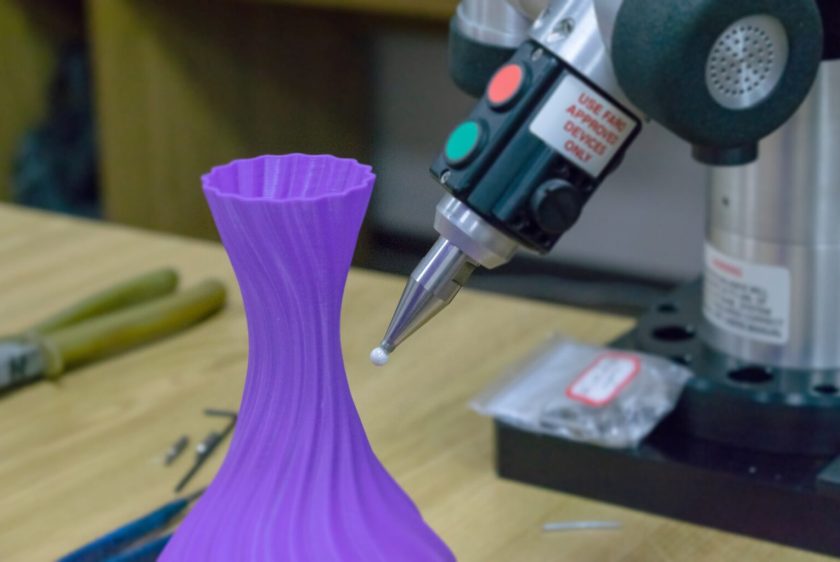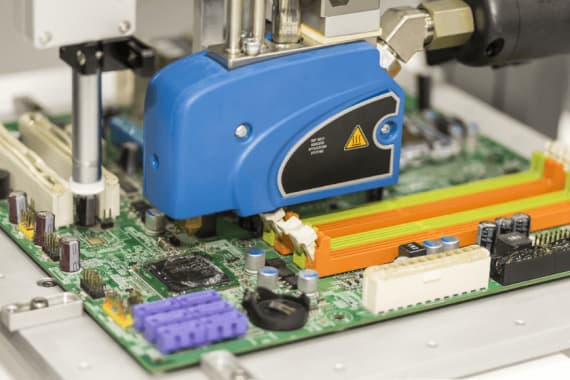
Selecting the right adhesive is a critical step in ensuring product quality, production efficiency, and long-term performance. Among the many types of adhesives available today, hot melt adhesives and solvent-based adhesives are two of the most widely used in industrial applications. Each has its own set of characteristics, advantages, and best-use scenarios—making it essential to understand how they differ before making a decision.
This article explores the key differences between hot melt and solvent-based adhesives and provides guidance on how to determine which is most suitable for your production process.
Hot melt adhesives are solid thermoplastic materials that are heated until they melt and then applied in liquid form. Once applied, they quickly cool and solidify to form a strong bond. These adhesives are typically supplied in stick, pellet, or block form and are dispensed using heated equipment such as glue guns or automated systems.
Hot melts are popular in industries where speed, clean application, and minimal curing time are important. They are commonly used in packaging, electronics, automotive assembly, woodworking, and textiles.
Solvent-based adhesives consist of a polymer dissolved in a solvent. When the adhesive is applied to a surface, the solvent begins to evaporate, leaving behind a polymer film that bonds the materials together. These adhesives can bond a wide variety of substrates and offer strong, long-lasting adhesion.
Solvent-based adhesives are known for their excellent performance in demanding applications, particularly in environments where moisture, heat, or chemicals may be present. They are commonly used in the automotive, aerospace, construction, and footwear industries.
When choosing between hot melt and solvent-based adhesives, it’s important to weigh their performance traits in the context of your specific application. Here are the main differences:
Solvent-based adhesives generally offer higher bond strength and long-term durability compared to hot melts. They form a chemical bond with the substrate, which can be more resistant to heat, moisture, and environmental exposure. Hot melt adhesives, while strong, may not perform as well under extreme temperatures or heavy stress.
Hot melt adhesives bond almost instantly once they cool, making them ideal for high-speed production lines. Solvent-based adhesives require evaporation of the solvent, which adds to the drying or curing time. This can slow down the assembly process but may be necessary for applications that demand stronger adhesion.
Solvent-based adhesives tend to work well on a wider range of materials, including metals, plastics, and rubber. Hot melts are best suited for porous or rough surfaces like cardboard, wood, and some plastics. For smooth or non-porous materials, solvent-based options often provide better adhesion.
One of the major drawbacks of solvent-based adhesives is the presence of volatile organic compounds (VOCs), which can pose health and environmental risks if not properly managed. These adhesives typically require ventilation systems, personal protective equipment (PPE), and adherence to strict regulatory standards.
Hot melt adhesives, in contrast, are solid and solvent-free, which significantly reduces environmental hazards and worker safety concerns. However, they do require the use of heated application equipment, which can present burn risks if not handled correctly.
Hot melt systems generally have a lower material cost and simpler setup compared to solvent-based systems, which may require mixing equipment, solvent recovery systems, and more complex application methods. However, in high-performance or high-stress applications, solvent-based adhesives may justify the additional cost and setup due to their superior performance.

The choice between hot melt and solvent-based adhesives ultimately depends on your product requirements, production setup, and environmental constraints. Below are some considerations to guide your decision:
| Choose Hot Melt Adhesives If: | Choose Solvent-Based Adhesives If: |
|---|---|
| You require fast bonding and high production throughput. | You require strong, durable bonds that withstand heat, moisture, or chemicals. |
| Your substrates are porous or textured. | Your application involves smooth, non-porous substrates. |
| You need a clean, solvent-free application. | You have the facilities to manage VOCs and longer curing times. |
| Your production environment prioritizes safety and low VOCs. | The finished product will be exposed to harsh or fluctuating conditions. |
Both hot melt adhesives and solvent-based adhesives offer distinct advantages depending on the application. Hot melts are efficient, clean, and safe for fast-moving production lines, while solvent-based adhesives provide robust performance where strength and durability are paramount. Understanding the specific requirements of your manufacturing process is the key to choosing the right adhesive.
If you’re unsure which option best fits your needs, consulting with an experienced supplier like VST can help you identify the most appropriate adhesive solution tailored to your process and industry standards.